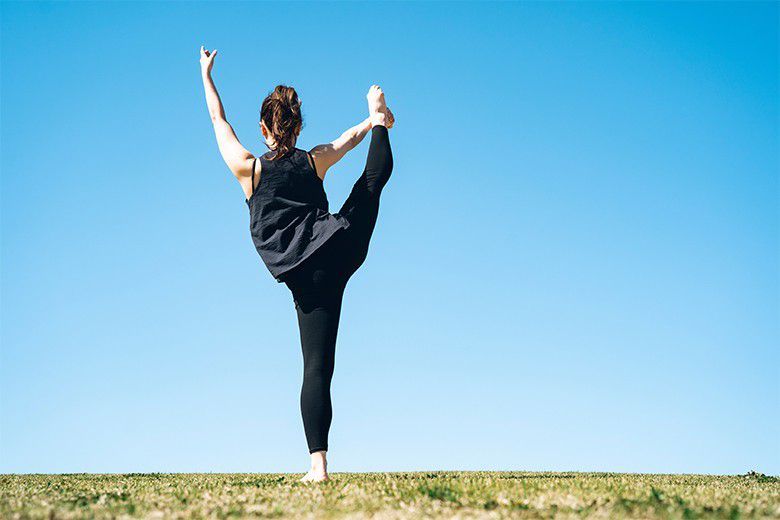Proprioceptive gymnastics: what is it and what is it for?

- 1 Gymnastics and balance
- 2 Proprioceptive gymnastics
- 3 Gymnastics exercises
- 4 Advantages
Proprioceptive gymnastics and balance
When discussing rehabilitation of the athletic body, it is impossible to avoid discussing proprioceptive gymnastics, i.e., a series of exercises focusing on movement and one’s conception of space and balance.
When we talk about proprioception (or kinesthesia), we refer to the perception of our position in space, body movement, and balance thanks to a series of stimuli and information sent to the brain.
Proprioception is mediated by proprioceptors, i.e., a series of neurons in muscles, tendons, joints, ligaments, and connective tissue that allow us to understand where the body is in its environment and move accordingly.
In practice, proprioception allows us to avoid obstacles, walk on unstable surfaces, and continuously perceive external stimuli.
But what happens when we suffer an injury or surgery to our body?
This proprioceptive capacity is altered and must be recovered as soon as possible to allow the body to return to its maximum perceptions.
This capacity weakens with advancing years: proprioception is weakened in the elderly compared to younger individuals.
For all people who have suffered traumas, injuries, or operations or are subject to advancing age, proprioceptive gymnastics becomes an excellent ally for regaining control of one’s body and space.
What is proprioceptive gymnastics?
Sports rehabilitation is long, but it bears many fruits.
In the case of recovery through proprioceptive gymnastics,
it is not just a question of performing suitable exercises and massages but of an actual programme aimed at re-establishing the major functions of the sensorimotor system, such as movement control and recovery of the perception of external stimuli.
The objective is thus to return to controlling the body automatically and react instantaneously to environmental changes.
In this case, proprioceptive gymnastics comes into play, consisting of a series of exercises to recover proprioception.
Thanks to a programme devised by the physiotherapist, the patient recovers this ability by using proprioceptive gymnastics equipment, such as proprioceptive mats used especially in ankle exercises, bosu, fitball, and proprioceptive mats.
What are the main proprioceptive gymnastics exercises?
Proprioceptive gymnastics exercises are nothing more than balance exercises that help the patient regain muscle strength to maintain balance and control posture.
During a proprioceptive therapy session, the body is subjected to a series of controlled stresses that change the position and stability of the body,
thus forcing the patient to react to each of these stimuli.
Most of these exercises are performed without shoes and with closed eyes so that the sense of sight does not alter the perception of movement.
A proprioceptive gymnastics programme includes coordination and balance exercises to regain fluidity and efficiency in body movements.
Proprioception is also helpful in combination with strength training,
e.g., to strengthen the quadriceps or improve inter- and intramuscular coordination.
Mats, trampolines, fabric folded several times, and platforms are some of the most commonly used tools for proprioceptive exercises.
This type of therapy is widely used, especially for ankle or knee injuries.
For proprioceptive training to be carried out effectively, one must have recovered good joint mobility and muscle tone.
Are there advantages to proprioceptive gymnastics?
Training and proprioceptive stimulation are also crucial for preventing injuries for everyone involved in sporting activities. They ensure better control of muscle activity, greater stability, greater endurance, and a greater sense of balance.
There are targeted exercises that can compensate for any athlete’s weak points by strengthening the surrounding muscles.
Proprioceptive gymnastics not only has a rehabilitative function but also provides greater flexibility and endurance, as well as improved physical performance.
Coordination, movement, stability, and balance are just some of the many benefits for the athlete after proper proprioceptive training.






